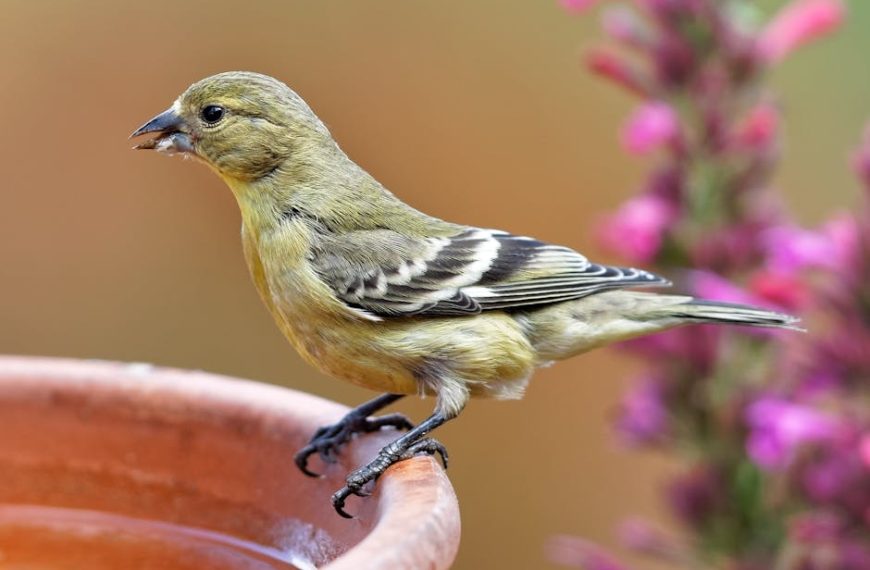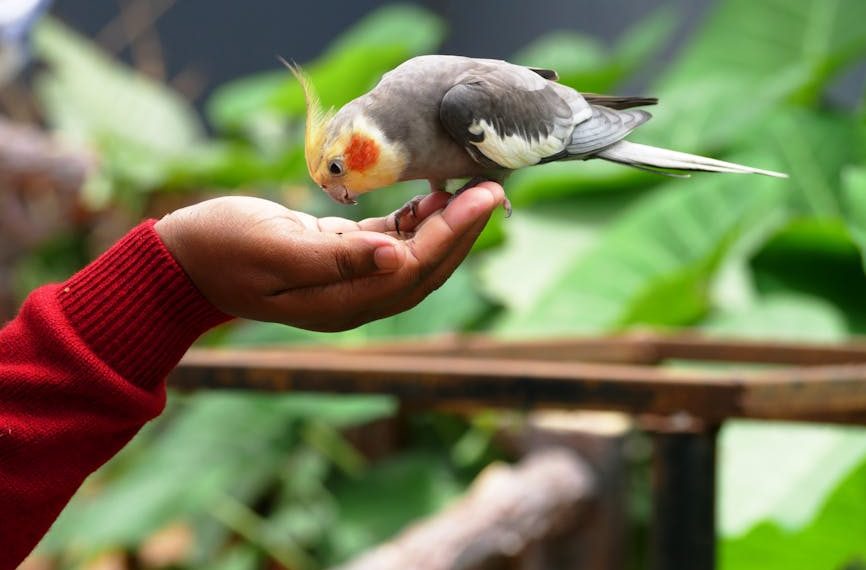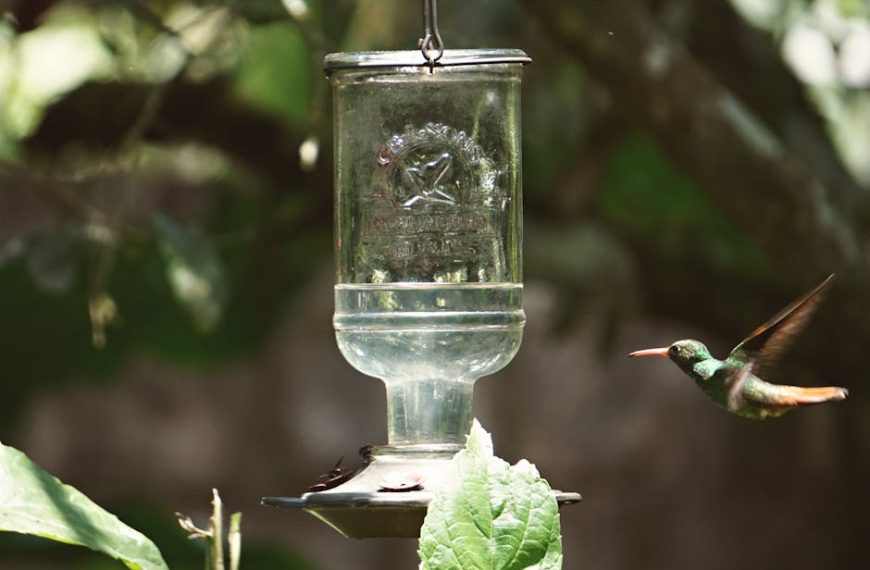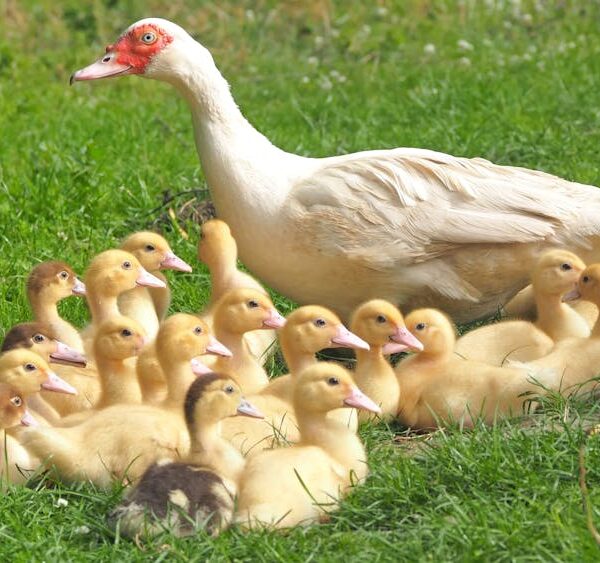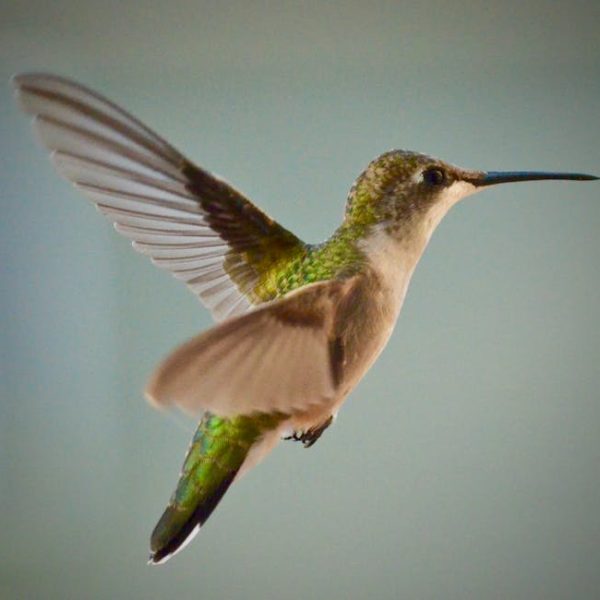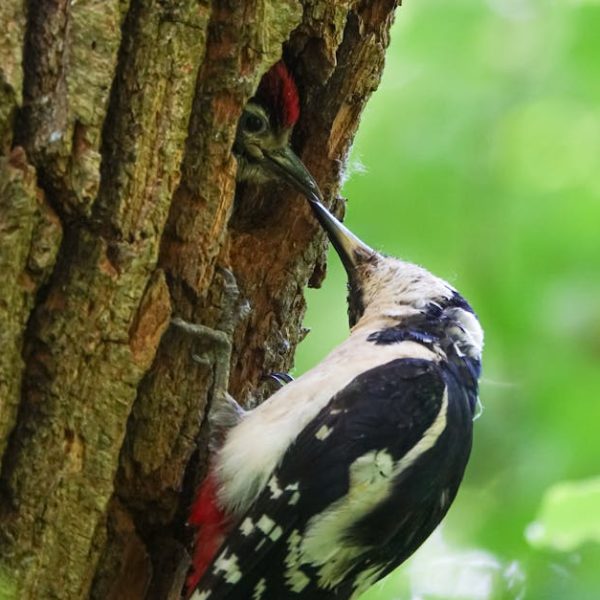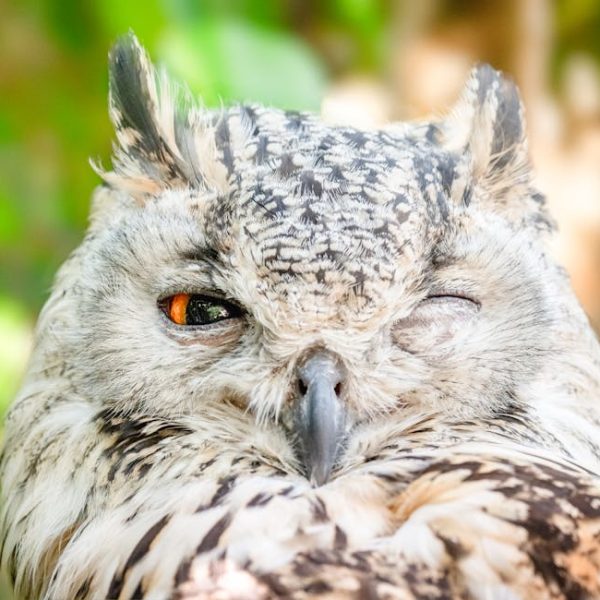Birds come from a wide range of habitats, each distinct depending on the species. Rainforests, deserts, wetlands, woodland forests, open country, and even arctic regions serve as home to specific bird species. These ecosystems have shaped each bird species’ physiology and behavior, which, in turn, influence their comfort and relaxation preferences.
For instance, birds native to forested environments prefer shady, high-up locations that mimic thicket canopies, whereas desert-dwelling birds are used to arid conditions and open spaces.
Pro-Tip: Understanding your pet bird’s species-specific natural habitat can provide critical clues to their comfort needs. It’s advisable to research this and reflect some of these elements in your home.
The Importance of a Comfortable Environment for Birds
Just like humans, birds require a comfortable environment for overall health and wellbeing. Positive environmental factors can significantly impact their lifespan, Stark contrast, an environment that fails to meet a bird’s basic comfort needs, can lead to stress, decreasing their immune response and hastening aging.
Signs that your bird feels comfortable include behavior such as willingly closing their eyes in your presence, singing, preening or spreading their wings.
Checklist: To check if a bird feels comfortable in their environment, look out for:
- Regular eating and preening
- Alertness and curiosity
- Vocal activity (singing or mimicking)
- Healthy feather condition
Making your Home Bird-Friendly: Ideal Places for Rest
Transforming parts of your home into bird-friendly spaces is easier than you might think. Research shows that birds prefer elevated, secluded spots with a vantage point, which should be kept in mind when selecting locations.
These spots could include indoor bird perches, top of wardrobes, bookcases, or even quiet corners with less foot traffic. A factor these places commonly share is they typically offer a good view of surroundings, some seclusion, and at the same time, the opportunity for social interaction.
Best Practices: When making a home bird-friendly, consider:
- Avoiding drastic temperature changes
- A dedicated space for flying
- Regular cleaning of their favorite spots
- Providing various perching options.
Stay tuned for the next segment where we will discuss creating ideal ‘bird-sleep’ conditions in the home.
Creating Ideal ‘Bird-Sleep’ Conditions in the Home
Birds are naturally diurnal creatures, meaning they sleep at night and are awake during the day. It’s important to establish a consistent sleep schedule for your bird, in conditions that mimic their natural habitat’s light-dark cycle. Creating a serene, quiet spot for them to sleep and ensuring minimal disruptions can significantly enhance their sleep quality.
The benefits of catering to your bird’s sleep needs are numerous. Aside from improved energy levels, it also enhances their ability to manage stress, their moods, and general cognitive function.
Pros and Cons: Let’s compare some bird sleep solutions in the table below:
| Solution | Pros | Cons |
|---|---|---|
| Bird Hammocks | Comfortable, cosy, and provides a sense of security. | Needs regular cleaning and may not be suitable for bigger birds. |
| Bird Swings | Entertaining and comfortable, encourages movement. | Can cause noise during the night, might not offer a stable platform for some birds. |
| Bird Tents | Offers privacy and warmth, mimics a nesting environment. | Small opening may cause difficulty in cleaning, some materials may present a chew-risk. |
Improving Your Bird’s Comfort: The Role of Toys and Companionship
Toys not only provide entertainment but also contribute significantly to a bird’s comfort by providing mental stimulation. Different types of toys such as puzzles, chew toys, or foraging games can help prevent boredom and promote brain health.
Birds are inherently social creatures, and companionship, from either their human family or other birds, greatly enhances their sense of comfort and wellbeing. The mimicking ability of birds can also serve as an engaging interaction bringing happiness and further comfort.
Pro-Tip: Rotate your bird’s toys every week or so to keep them continually interested and comfortable in their environment.
The Effects of Diet on Bird Comfort
Just as it does in humans, diet plays a critical role in bird comfort and relaxation. A balance of seeds, fruits, vegetables, and appropriately sized pellets can make all the difference in a bird’s mood and energy levels.
Remember, a comfortable bird is a happy bird, and a happy bird usually means a longer, healthier life.
Checklist: Essential dietary components to guarantee your bird’s comfort and ensure a balanced diet:
- A Variety of fresh fruits and vegetables
- High-quality birdseed or pellets
- Plenty of fresh water
- Occasional treats like nuts or berries
- Avoid toxic foods like chocolate, avocados, and caffeine
Ultimately, the secret to a comfortable pet bird lies in understanding their natural behavioral tendencies and preferences and applying it in their care. Stay informed, be patient, and build a bond with your bird, and soon, you’ll have a happy, comfortable feathered friend in your home.
Key Takeaway:
- Birds feel most comfortable when their environment mirrors their natural habitats. By learning about your bird’s species-specific habitat, you can better tailor your home to their preferences.
- A comfortable environment positively affects a bird’s overall physical health, emotional wellbeing, and lifespan. This comfort can be shown through signs such as closing their eyes, spreading their wings, and singing.
- Ideal spots for birds to relax in a home include bird perches, above wardrobes, secluded corners, and other places that offer a good view and some seclusion.
- Providing optimal sleep conditions for birds contributes to improved energy levels and better stress management.
- Mental stimulation from toys and companionship can greatly enhance a bird’s overall comfort.
- A balanced and nutritious diet is essential for a bird’s comfort and relaxation.
On a reassuring note, understanding your bird’s comfort needs might seem daunting at first. However, by paying attention to their behavior, providing appropriate sleep conditions, engaging them with toys, companionship, and ensuring they have a healthy diet, you can ensure your feathered friend’s comfort and happiness. Remember, a comfortable bird is a happy bird.
FAQs
Q: My bird’s natural habitat is a rainforest. How can I mimic this at home?
A: You can mimic a rainforest habitat at home by providing plenty of foliage or greenery around, along with a humidifier to create a moist environment. However, ensure the plants are bird-safe!
Q: Despite trying everything, my bird seems stressed. What should I do?
A: It’s best to consult a professional avian vet. They can examine your pet, determine the cause of the stress, and provide recommendations on making your bird comfortable.
Q: Are all toys suitable for my bird?
A: Not all toys are suitable for every bird. It depends on the bird’s size, species, and personal preference. Ensure the toy poses no risk of injury or ingestion to the bird.
Q: What if my bird doesn’t like the restplaces I’ve provided?
A: It might take time for your bird to get accustomed to a new rest place. If they still don’t accept it after a few days, try a different location or type of perch.
Q: How often should I change my bird’s diet?
A: Regularly varying your bird’s diet can provide nutritional balance. But abrupt changes could upset your bird’s digestion. Make sure to introduce new foods gradually.
Feel free to explore more on our website and share this article with others who might find it helpful.


